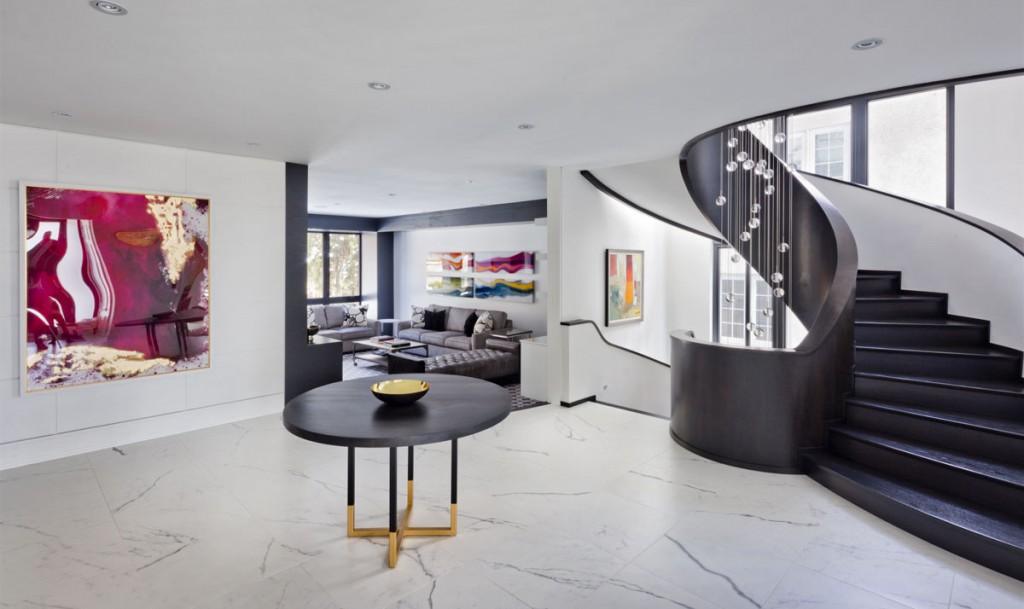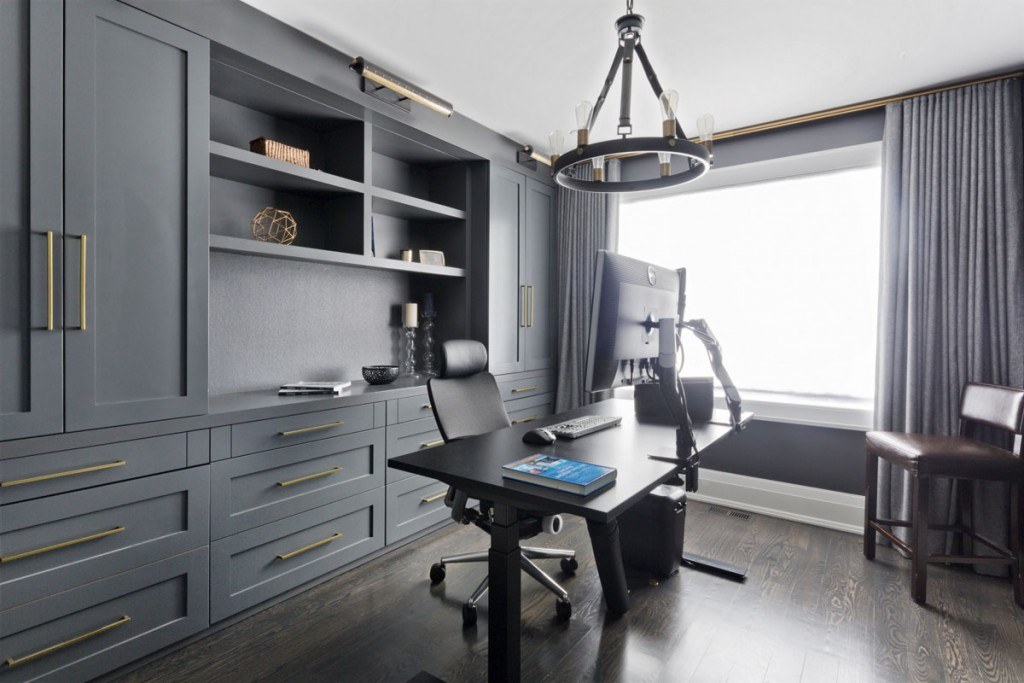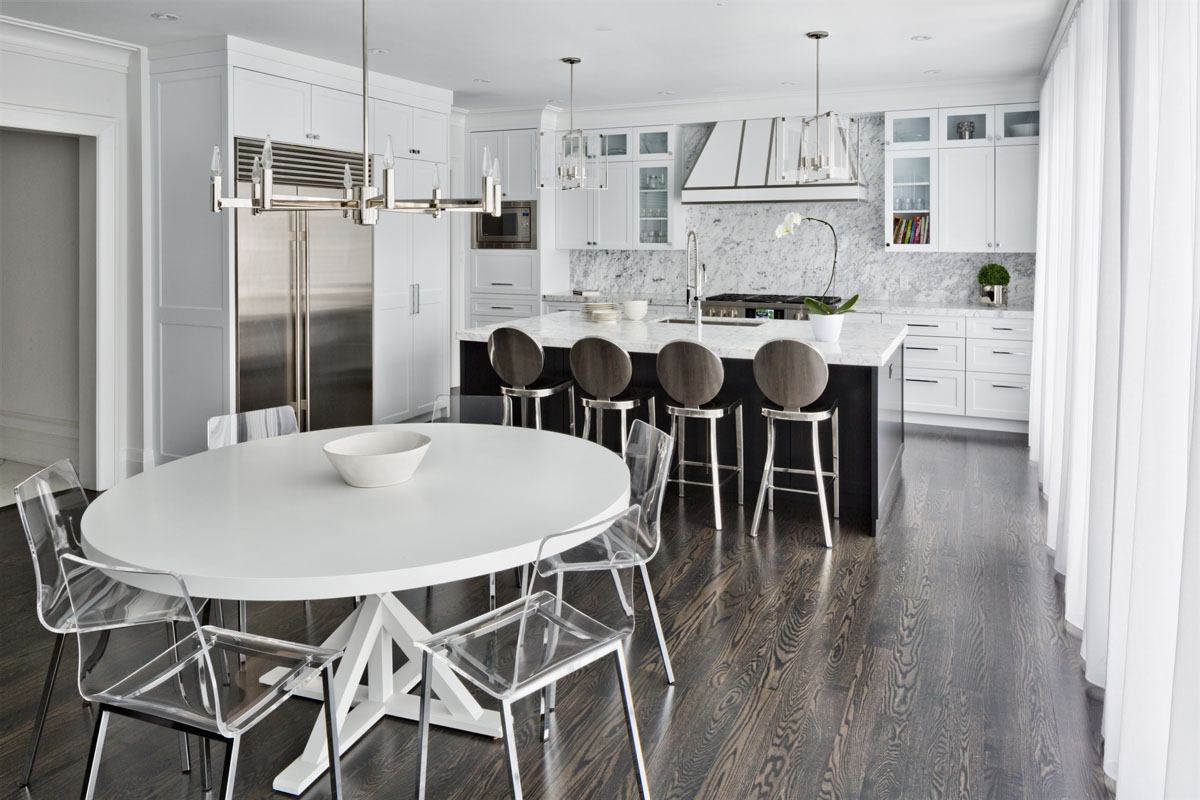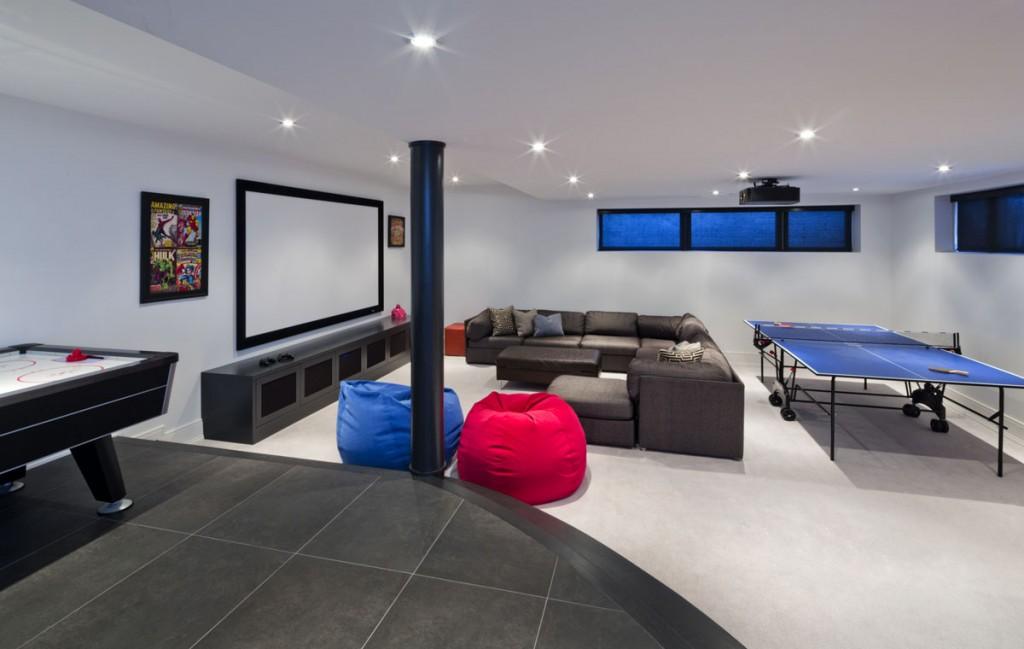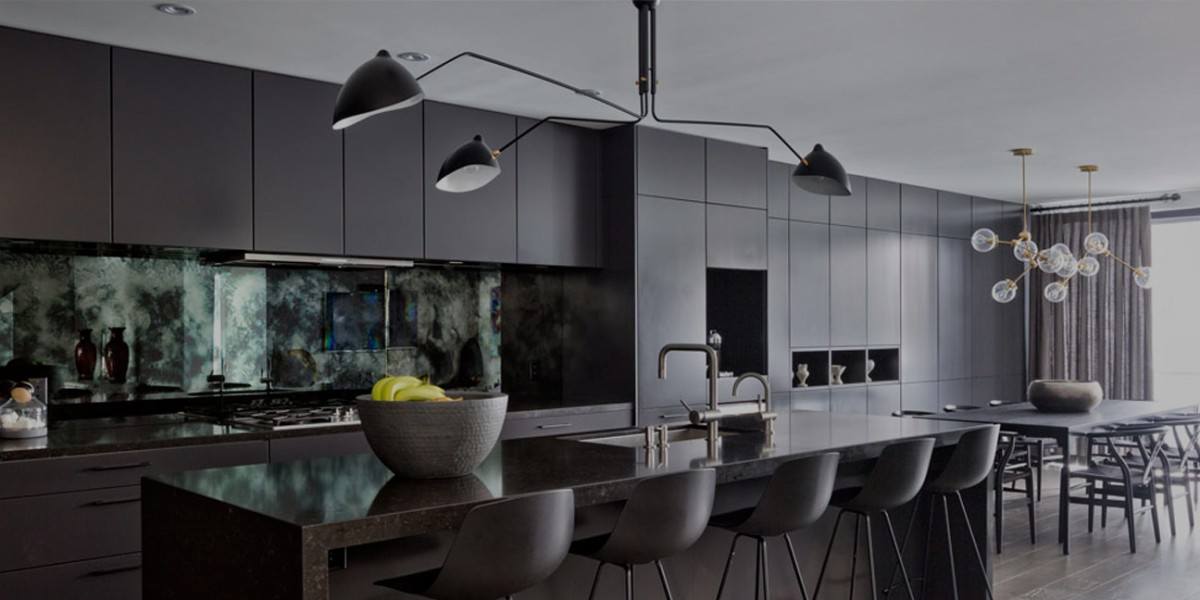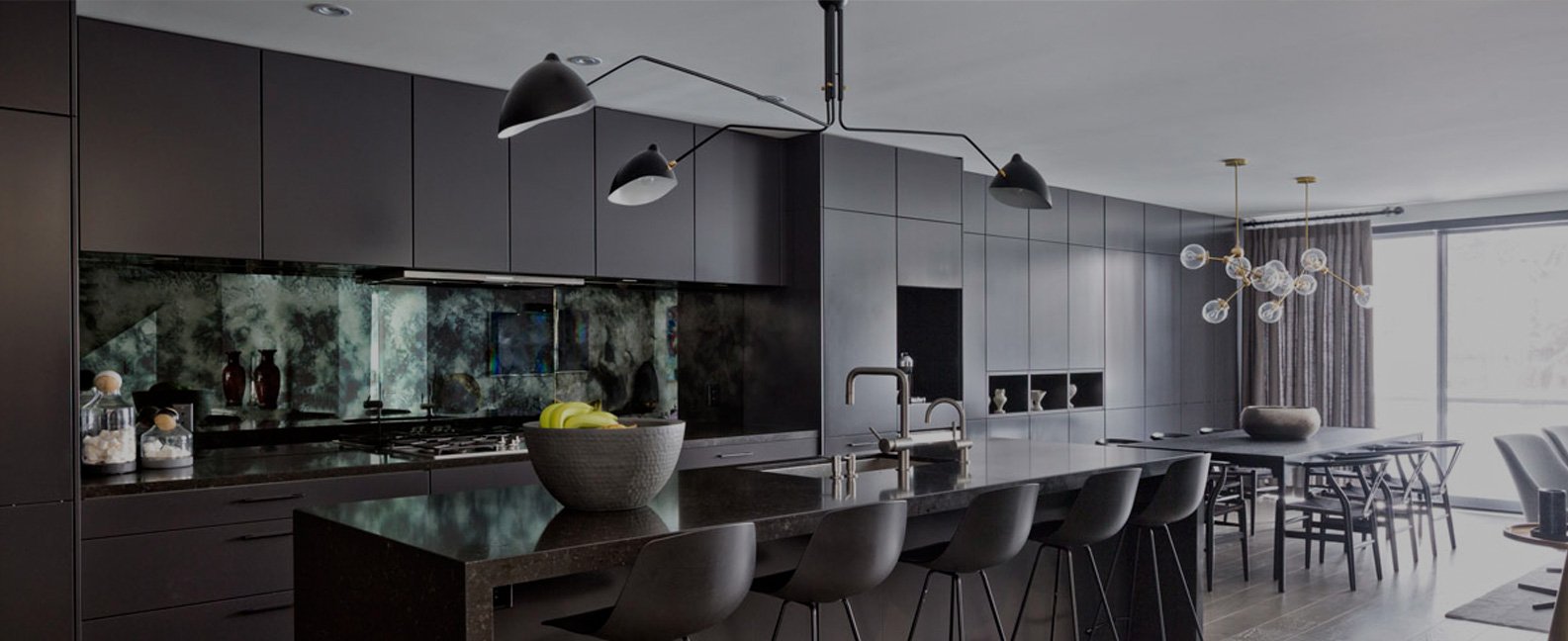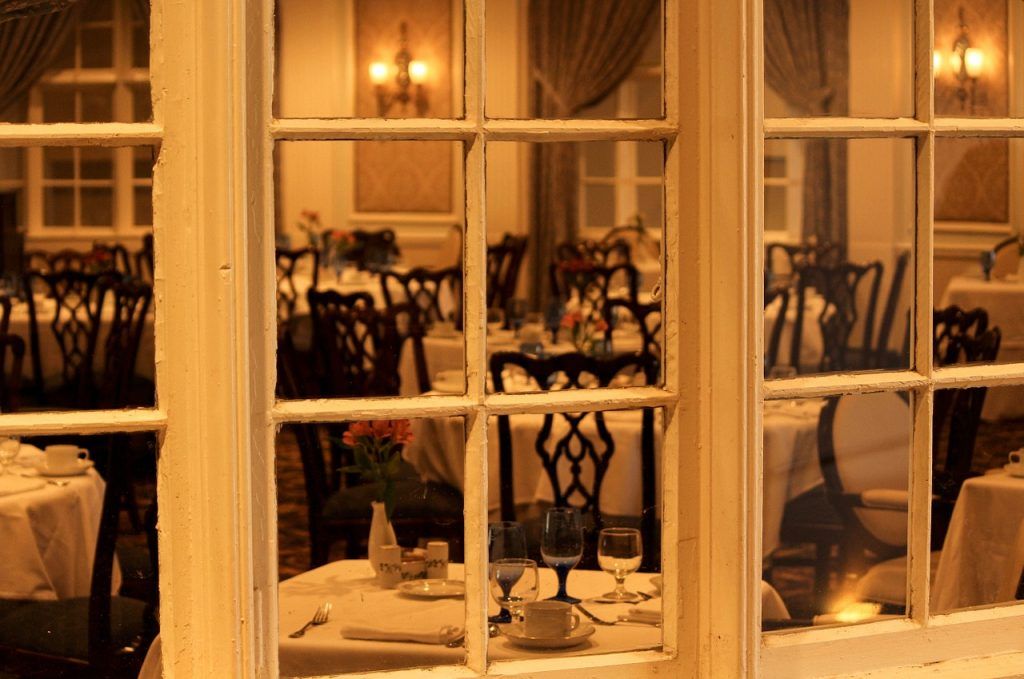
Your restaurant has been your pride and joy ever since it first opened many years ago. Or perhaps it’s been a lifelong dream of yours and you’re now ready to make it come true. Whatever phase you’re at, renovations play a big part in your restaurant business. If you want to always present a fresh face to your customers, you should plan to renovate your restaurant every 5 to 7 years.
Restaurant renovations are tricky to manage though because, unlike home renovations, they affect a lot more people. Not only do you want to improve the restaurant for your customers and staff, but you also want to ensure they’ll stay after the changes. With so many factors to consider, preparation is as vital as the renovation itself.
Let’s break down the preparation needed for a successful restaurant renovation. Here’s Part 1 in this two-part series:
Efficiency by earning your staff’s trust
Renovating your restaurant is not just about the aesthetics – it’s also an opportunity streamline the way it runs. Think about operational issues you’ve been having for the past few years. Are there any bottlenecks in the workflow to fix? Feel free to ask your staff for input on what changes they think would help them do their job better. They’re always in the front lines after all and probably know better than you what needs improvement. By engaging them right from the beginning, you’ll boost their buy-in to the renovation.
It’s also a good idea to reassure them that there’s always going to be a spot for them in the restaurant once it re-opens. Tell them you’ll give them more details on the renovation timeline as soon as you finalise it. Let them know that you’ll also chat with everyone individually to see what options are available while the restaurant’s closed.
The customer is always right
Besides changing the restaurant look to your ideal vision of it, you should always remember the customers who help you stay in business. Study the demographics of your customer base. Are your customers mostly families with young children? Do you get a lot of young and trendy customers? Are your repeat customers more artsy or business class? You should cater to the tastes of your clientele majority and make sure that the new renovation ideas will match their style. At the same time, you don’t want to lose the old charm of your restaurant that keeps drawing your loyal customers back.
So reach out and get feedback from your regulars. Hand them a comment card at the end of their next meal at your restaurant. Explain that the restaurant will be renovated soon and ask them to write down what they like about the current décor and what changes they’d like to see. Invite them to write down their e-mail addresses as well to get exclusive updates on the renovation. You can even give them a discount on that meal to encourage a well thought-out response. Your regulars will appreciate you asking for their opinion and they’ll be much more excited to see the results of the upcoming renovation.
The bottom line in your budget
Take down all the suggestions from your staff and customers as well as your own ideas. Decide which ones are critical issues to fix right away and place them in one list. This is your priority list. The rest of the suggestions are luxuries that will only be considered if there’s still room in the budget and they don’t get in the way of the priorities. Next, go through your restaurant’s finances and figure out the highest cost you’re comfortable with taking on for the renovation. This is also the time to discuss your renovation plans with your landlord. See if you can negotiate to have your landlord contribute some funds or even to take on a percentage of the renovation costs. It doesn’t hurt to ask and some landlords would be willing to do so since it’s their property after all. In addition to your own money and hopefully some of your landlord’s, make sure to also tack on a contingency fund to take care of any unexpected issues that come up.
You now have an idea of what you need and how much you can spend, which is the basis of any budget. You want to hit the sweet spot of making noticeable upgrades to your restaurant’s look and operation, but not so much that they become a runaway train. With your target budget number in mind, start talking to your bank to get the financing approval process started. The final budget may change after talking with your contractor, but that’s easy to adjust further down the road.
Stay tuned for Part 2, where you’ll start off collaborating with a contractor experienced in restaurant renovations.
